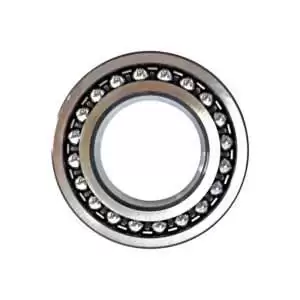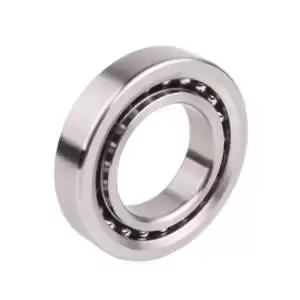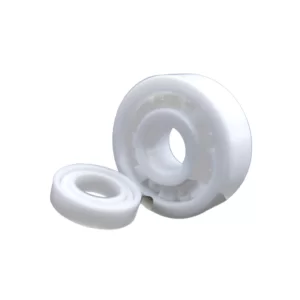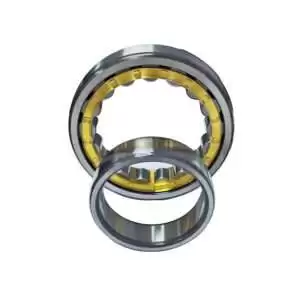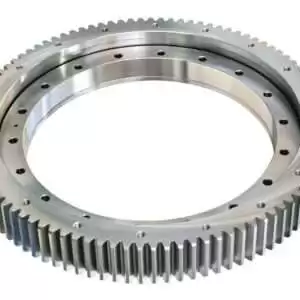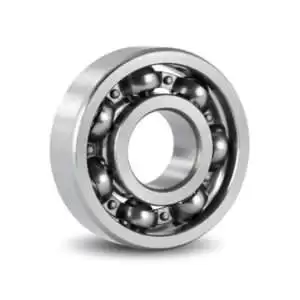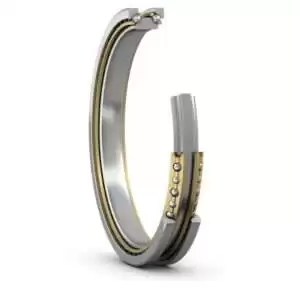Categories
-
Adapter Sleeves (9)
-
Ball Bearings (11)
-
Ball Screw Bearings (2)
-
Ceramic Bearings (27)
-
Pillow Block Bearings (4)
-
Plain Bearings (32)
-
Roller Bearings (12)
-
Slewing Bearings (43)
-
Sliding Block (3)
-
Stainless Steel Bearings (27)
-
Super Precision Bearings (6)
-
Thin Section Bearings (9)
-
Track Rollers (4)
-
Universal Joints (1)

Introduction
Importance of Load Distribution Analysis
By accurately assessing the distribution of forces and stresses, engineers can optimize design parameters to enhance bearing performance and longevity. This analysis enables the identification of potential areas of stress concentration, aiding in the mitigation of premature failure modes such as spalling or surface fatigue. Moreover, it facilitates the prediction of bearing behavior under varying operating conditions, ensuring reliability and efficiency in diverse applications. Through load distribution analysis, engineers can make informed decisions to improve design robustness and optimize performance outcomes.
Role of Finite Element Modeling (FEM) and Simulation
By breaking down complex geometries into finite elements, FEM enables accurate prediction of stress distribution, contact mechanics, and fatigue life. This approach allows engineers to simulate various operating conditions and assess the performance of bearings under different loads and environments. Through FEM, designers can optimize design parameters, such as material selection and geometry, leading to enhanced durability and efficiency. Ultimately, FEM empowers engineers to make informed decisions, reduce development time, and ensure the reliability of tapered roller bearings in diverse applications.
Tapered Roller Bearing Design Fundamentals
Tapered roller bearings are integral components in various mechanical systems, renowned for their ability to withstand both radial and axial loads. Constructed with inner and outer rings, tapered rollers, and cages, these bearings are engineered to facilitate smooth rotation while accommodating high loads and misalignment. The tapered design of the rollers enables them to bear both radial and axial forces efficiently, distributing the load along the contact surfaces.
This unique construction allows tapered roller bearings to excel in applications with combined radial and axial loads, such as automotive wheel hubs, gearboxes, and industrial machinery. The working principle of tapered roller bearings involves the rolling elements transmitting forces from the outer to the inner ring, maintaining a controlled contact angle to minimize friction and wear. As the inner and outer races converge, the tapered rollers facilitate smooth rotation, providing reliable performance even under heavy loads and harsh operating conditions.
Understanding these design fundamentals is essential for engineers to optimize tapered roller bearing designs for specific applications, ensuring reliability, longevity, and optimal performance.
Challenges in Tapered Roller Bearing Design
Designing tapered roller bearings presents engineers with several challenges that must be addressed to ensure optimal performance and reliability. One such challenge is navigating complex load conditions, where bearings may experience varying combinations of radial and axial loads, as well as moments and dynamic forces. Understanding and accurately predicting these load conditions are essential for designing bearings capable of withstanding such demands without premature failure.
Additionally, the intricate contact mechanics involved in Lock Washers,Zinc Plated Penny Washers,Zinc Plated Fender Washers,Zinc Plated Repair Washers Kunshan Liyue Hardware Products Co.,Ltd , https://www.fixlyhardware.com

